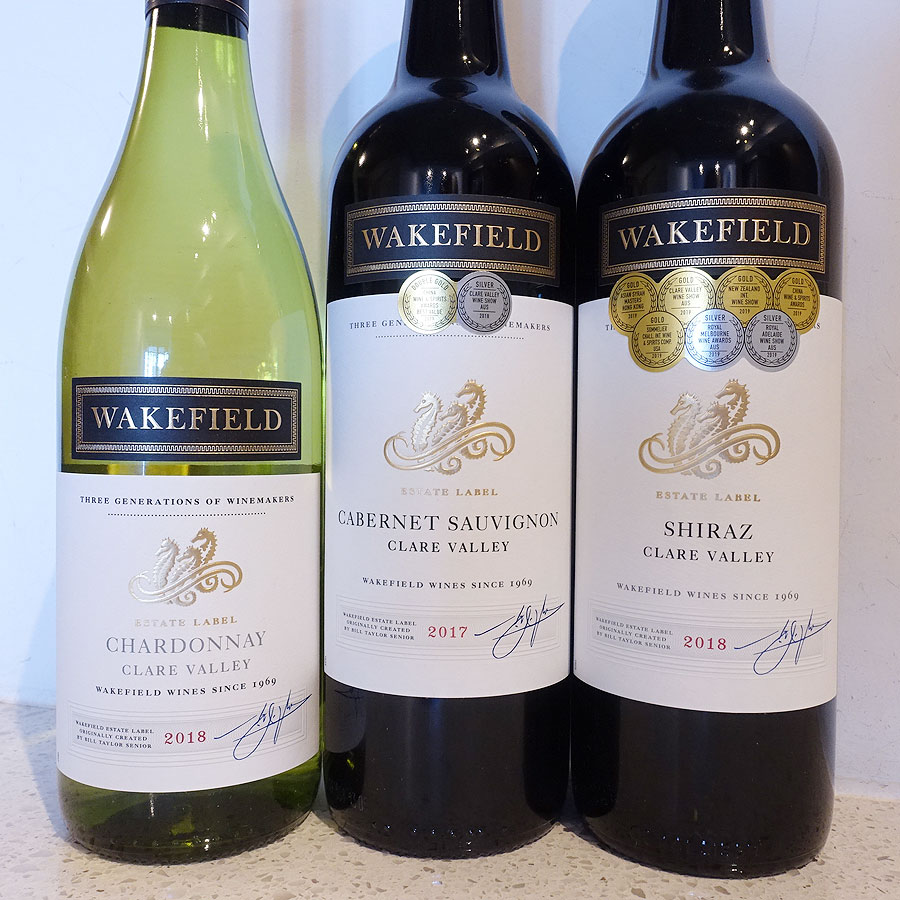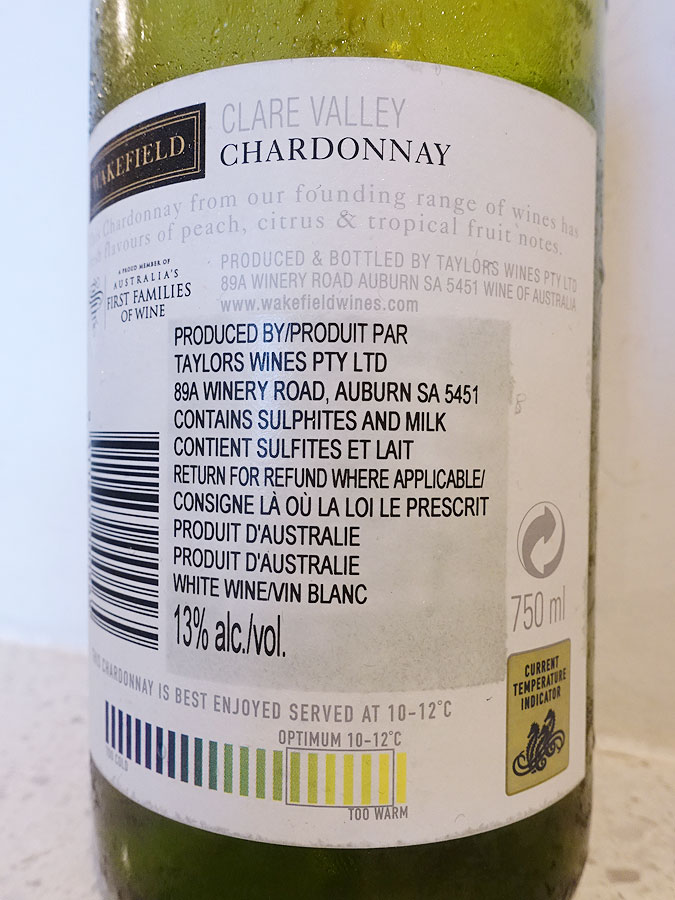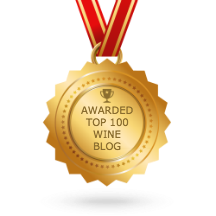wine review is this lovely, vegan-friendly Rioja from Spain that arrived in LCBO VINTAGES on .
Bodegas Altanza, a synonym for quality, is a relatively new winery in the world of Spanish wine as it was only established in 1998. Their goal is to offer the best possible quality wine at a sensible price, while also combining tradition and modernity at their estate in Fuenmayor, Rioja Alta. The estate spans 300 hectares, of which 220 hectares are planted to vine. At the winery, they have many stainless steel tanks of varying sizes which allows for better customization of the fermentation process depending on the varietal and style of wine they wish to craft. The modern winemaking facility features temperature-control jackets on each of their tanks and is managed by a central control panel.
The winery began with a focus on crafting only reserva wines, but have also introduced a rosé, an aromatic white wine, and other red wines. All of the red wines at Altanza are made using 100% Tempranillo, the queen of the Rioja's autochthonous varieties and, by far, Spain's most popular grape. Spain grows nearly 90% of the world's Tempranillo. The grape descends from two varieties which were once at home in the Ebro Valley, becoming Tempranillo in the Middle Ages (about 1,500 years ago). Tempranillo flourishes in cool, temperate climates where high summer temperatures allow the vine to give optimum results with good acidity. Tempranillo is relatively late budding, but develops earlier than many other varietals, hence the name "temprano" which means "early".
Whereas many Spanish Riojas are traditionally known for their use of American oak ageing, Bodegas Altanza uses mainly French oak ageing, allowing the wines to have nuances more suited to their preference. I have tasted previous vintages of this wine and it has always been delicious. Let's see how this fine Rioja is tasting tonight...
This 100% Tempranillo was fermented using natural yeasts and aged for 18 months in French oak barrels, followed by 3 months in 22,000 L French (Allier) oak vats. The medium-high intensity nose has black cherry and sandalwood aromas with some earthy wood spice and a touch of barnyard. It's medium+ bodied on the palate with more sandalwood spice and red cherry flavours supported by supple, refined tannins and racy, food-friendly acidity. A touch warming on the mid-palate, but nicely balanced overall. Earthy, meaty, savoury, wood spice, and cherry notes linger on the long, juicy finish. Enjoy this fine Tempranillo over the next 4-5 years. Score: 89 pts
Limited availability of other wines from the Bodegas Altanza portfolio can be ordered via their Agent - Profile Wine Group.
Bodegas Altanza, a synonym for quality, is a relatively new winery in the world of Spanish wine as it was only established in 1998. Their goal is to offer the best possible quality wine at a sensible price, while also combining tradition and modernity at their estate in Fuenmayor, Rioja Alta. The estate spans 300 hectares, of which 220 hectares are planted to vine. At the winery, they have many stainless steel tanks of varying sizes which allows for better customization of the fermentation process depending on the varietal and style of wine they wish to craft. The modern winemaking facility features temperature-control jackets on each of their tanks and is managed by a central control panel.
The winery began with a focus on crafting only reserva wines, but have also introduced a rosé, an aromatic white wine, and other red wines. All of the red wines at Altanza are made using 100% Tempranillo, the queen of the Rioja's autochthonous varieties and, by far, Spain's most popular grape. Spain grows nearly 90% of the world's Tempranillo. The grape descends from two varieties which were once at home in the Ebro Valley, becoming Tempranillo in the Middle Ages (about 1,500 years ago). Tempranillo flourishes in cool, temperate climates where high summer temperatures allow the vine to give optimum results with good acidity. Tempranillo is relatively late budding, but develops earlier than many other varietals, hence the name "temprano" which means "early".
Whereas many Spanish Riojas are traditionally known for their use of American oak ageing, Bodegas Altanza uses mainly French oak ageing, allowing the wines to have nuances more suited to their preference. I have tasted previous vintages of this wine and it has always been delicious. Let's see how this fine Rioja is tasting tonight...
Tasting Note:
LEALTANZA RESERVA 2015 - Vegan, DOCa Rioja, Spain (#208223) (XD) - $23.95This 100% Tempranillo was fermented using natural yeasts and aged for 18 months in French oak barrels, followed by 3 months in 22,000 L French (Allier) oak vats. The medium-high intensity nose has black cherry and sandalwood aromas with some earthy wood spice and a touch of barnyard. It's medium+ bodied on the palate with more sandalwood spice and red cherry flavours supported by supple, refined tannins and racy, food-friendly acidity. A touch warming on the mid-palate, but nicely balanced overall. Earthy, meaty, savoury, wood spice, and cherry notes linger on the long, juicy finish. Enjoy this fine Tempranillo over the next 4-5 years. Score: 89 pts
Limited availability of other wines from the Bodegas Altanza portfolio can be ordered via their Agent - Profile Wine Group.


























































